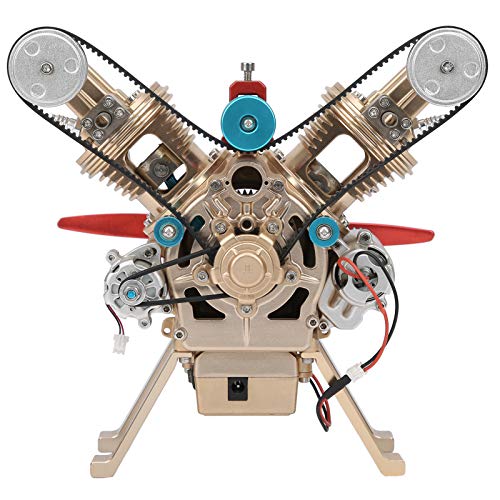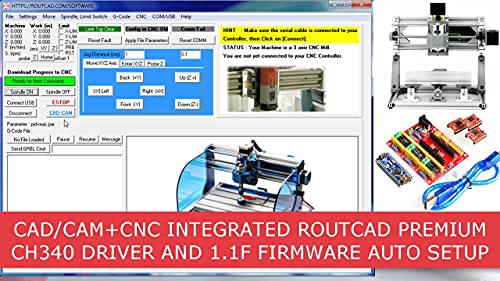- Joined
- Jul 8, 2009
- Messages
- 760
- Reaction score
- 234
Perhaps a better way to think of it as something like "voltage times RPM sort of equals heat", as heat is probably the killer here. Higher RPM means more pulses/second so you have a higher duty cycle for the switching transistor(%ON time vs. %OFF time). All solid state electronic devices have an internal resistance that will generate waste heat when power is applied. During the ON time of that duty cycle, the device is going to be generating heat. The device can only bleed that heat off at a certain rate, which will happen mostly during the OFF part of the duty cycle. That's why you'll find heat sinks on computers and most electronics, it helps bleed the heat off faster. But there are still limits to the device's internal temperature, and how fast you can get rid of that heat. The weak link is usually the connection from the device to the outside world.
Hitting a capacitor with a higher voltage allows it to charge faster, which is great for a CDI system. But that higher voltage also means more waste heat that needs to be bled off, volts x amps = watts. Roy said "I would not try 7.4 volts because the switching transistor in the DC-DC circuit would not handle the current long term." It's just a guess, but eventually you probably get enough heat built up in that transistor that it cooks itself.
Don
Hitting a capacitor with a higher voltage allows it to charge faster, which is great for a CDI system. But that higher voltage also means more waste heat that needs to be bled off, volts x amps = watts. Roy said "I would not try 7.4 volts because the switching transistor in the DC-DC circuit would not handle the current long term." It's just a guess, but eventually you probably get enough heat built up in that transistor that it cooks itself.
Don




























































































